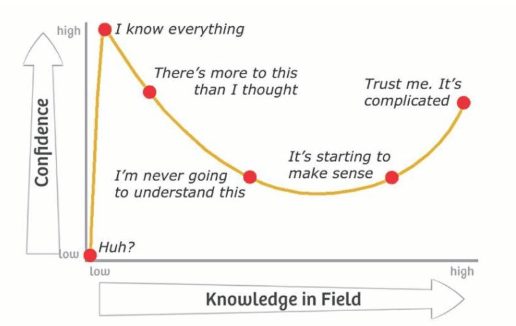(And Some That Don’t)
There is a secret to marketing that alludes even experienced marketers; all proven marketing strategies work. The problem is that they work for different business models, on different channels, at different frequencies, with different messaging, at different times. Knowing the difference is what separates successful marketing strategies from vapid social mutterings or fleeting corporate pandering. And sometimes the difference between success and failure can sit comfortably on a razor’s edge.
What Makes Marketing Strategies Successful
Data Driven Marketing
John Wanamaker, a pioneer in marketing, once coined the phrase
“Half the money I spend on advertising is wasted; the trouble is I don’t know which half”
Luckily, over a century later we have the ability to develop a measurable ROI behind most digital marketing campaigns. There have also been great strides in the attempt to measure the success or failure of traditional marketing efforts. Campaigns that are developed, managed, and optimized through data will almost always be more successful than those that operate off of “marketing instinct and experience”, which a surprising number of marketing agencies employ with their campaigns.
Utilizing The Appropriate Channels
Utilizing the wrong channels is by and far the most common pitfall for business owners and inexperienced marketers. Business owners, especially small business owners, often confuse the size of a social network or a trendy news outlet as the best way for them to market their business. When these business owners read about the success companies are having on social media, they sometimes forget to incorporate the type of company that is seeing such stellar results. Is this a B2C company with a low profit-per-acquisition and a high likelihood of repeat business? Is this a highly social business? Does this business appeal to an audience that is highly engaged on a particular social media platform? While one business may find success increasing their reach and influence on a social platform, others may need to invest into search marketing. Especially if a company has a high profit per acquisition and a low rate of repeat business they are likely going to waste efforts on social media if their search marketing campaigns are not already top-notch.
Following The Right Trends
Recently brands have become hyper-focused on new trends that bring short-lived value to their brand. While being an early adopter can have it’s benefits, an over-commitment to new social platforms, fleeting political causes, or “gimmicky” marketing tactics can take away time and resources that could be better invested into other marketing channels. There are many examples where companies invest significant time and resources into campaigns that actually hurt their long-term company performance. Developing an appropriate marketing mix that includes these practices can be determined through company objectives, budgets, and by working with an experienced marketing agency.
Avoid Following Advice From “Jargon Speakers”

beware of the over-confident marketing salesman
A common practice for salespeople in the marketing industry is to overwhelm business owners and decision makers with marketing jargon until they agree to work with the advertising company. This is especially true with traditional media companies that have become “digital”. However these “Wolves of Madison Avenue” have a tell; almost always they talk about the success of the campaigns without spending much time (if any) on the path it will take to get there. Beware of those who paint the picture of success, and ask you to simply trust them to get there – they simply don’t know how. Good marketing advice comes with a patient explanation of the strategies that will be utilized, complete with the reasons behind them and the associated risks. The easier it is for a person to explain what they offer to their clients, the more likely they are to do it successfully.
Recent Comments